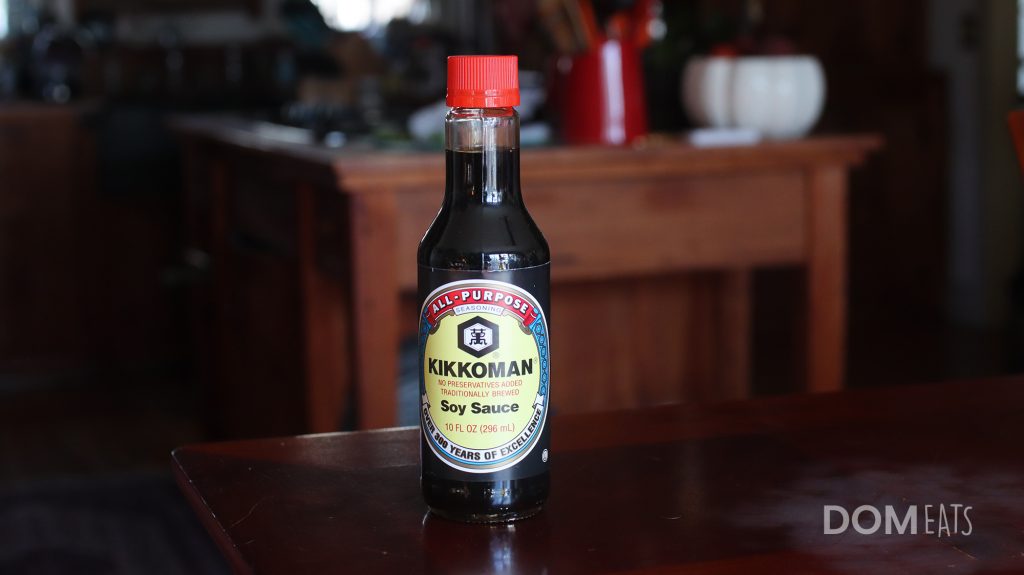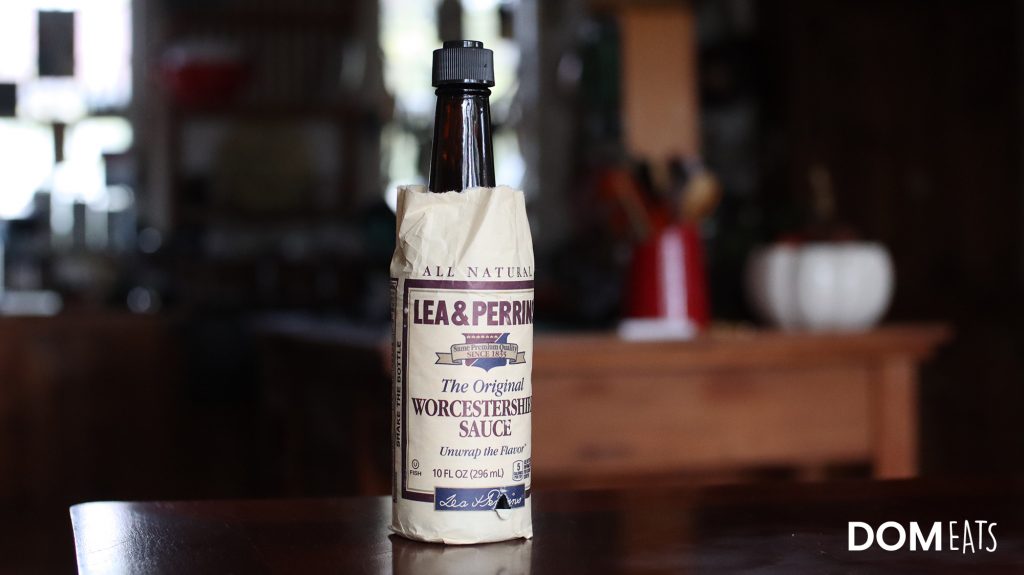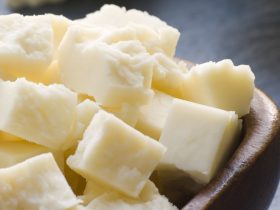Tamari is a soy-bean derived product often considered a subtype of soy sauce with several key characteristics altered in its primary flavor profile and physical consistency so as to produce a richer taste and thicker viscosity in the seasoning liquid.
However, certain circumstances may call for a substitute that can replicate these characteristics of tamari for use in the ingredient list of a recipe or as a dipping sauce, both of which will require different types of substitutes be used instead.
The best flavor substitutes for tamari are Koikuchi soy sauce, Saishikomi soy sauce, or miso paste. The best non-soy based flavor substitutes for tamari are liquid aminos, fish sauce, anchovy paste, or Worcestershire sauce. The best gluten free substitutes for tamari are coconut aminos or MSG.
Why Should Tamari be Substituted in a Recipe?
A variety of reasons may exist behind the need to substitute tamari in the ingredient list of a recipe, of which can range from anything between an allergy and dietary intolerance to soy bean derived products to a simple lack of availability due to the specific nature of tamari sauce’s origins.
Regardless of the reason behind the need to substitute tamari sauce in a recipe, chefs need not worry, as more than quite a few potential substitute ingredients are likely already present within their pantry or refrigerator, allowing this savory dipping sauce to be swapped out at a moment’s notice.
Are Tamari and Soy Sauce the Same?
Tamari sauce and soy sauce are often confused by people due to the fact that tamari sauce is in fact simply a form of soy sauce, though with several key distinctions that separate tamari from other, more common, forms of soy sauce.
For starters, tamari originates from the country of Japan, which is only one among many Asian countries that quite regularly use soy sauce in their cuisine.
This geographical origin, however, lends a certain history to the fact that tamari is not produced with wheat or other gluten-containing ingredients, making tamari sauce an excellent ingredient for use in individuals with a gluten intolerance or celiac disease – and by extension, may require a similarly gluten free substitute ingredient.
This difference in ingredients, apart from the subtraction of several others, equates to tamari being thicker and more intense in flavor than soy sauce, and as such equates to any potential substitute ingredient also requiring the same level of intensity in flavor or viscosity of texture.
Flavor Substitutes for Tamari
Known for being distinctly less salty than other forms of soy sauce, tamari is considered an ingredient primarily used to impart distinctly umami flavors into a dish, and as such requires a suitably savory and umami flavored substitute also be used when choosing to replace tamari itself.
Fortunately, quite a few alternative soy sauces do exist that can replicate or even entirely replace the presence of tamari in a dish or as a dipping sauce, removing the necessity of tamari entirely so long as these alternative soy sauces exist.
Koikuchi Soy Sauce

Another form of soy sauce considered darker and more wide reaching in terms of versatility than tamari, koikuchi soy sauce is an excellent substitute for practically any purpose or recipe that would normally call for tamari sauce to be used.
This is due to the fact that, unlike tamari, koikuchi contains a somewhat less salty but no less savory flavor profile, of which is complemented by hints of sweetness that are otherwise difficult to detect in tamari as well.
Koikuchi soy sauce may require the incorporation of cornstarch or other thickening ingredients so as to better replicate the particular texture of tamari. This is due to the fact that koikuchi soy sauce is somewhat more fluid in viscosity, making it less clingy in terms of acting as a dipping sauce.
Usukuchi Soy Sauce
A clearer and lighter colored soy sauce in comparison to tamari or koikuchi soy sauce, usukuchi soy sauce is somewhat more savory than the latter form of soy sauce though with a somewhat higher percentage of sodium in its particular make-up.
Usukuchi soy sauce is best used as a tamari substitute in the sort of capacities wherein it will be subjected to heat or other forms of cooking that would normally be less suitable for such alternative soy sauce substitutes like koikuchi.
In terms of substitution by volume, usukuchi soy sauce may be used in a perfect one to one ratio for the purposes of a cooking seasoning, or a two to one ratio wherein every teaspoon of tamari is equal to two teaspoons of usukuchi soy sauce, for the purposes of acting as a dipping sauce.
Saishikomi Soy Sauce
One of the closest possible substitutes to tamari in terms of texture and visual appearance, saishikomi soy sauce is a form of double-fermented soy bean sauce primarily used as a dipping sauce due to the intensity of its flavor and viscosity of its texture.
As such, saishikomi soy sauce requires no additional thickening or subsequent processing in order to help replicate the texture of tamari as a dipping sauce or as a cooking ingredient, allowing it to be immediately used without prior preparation for practically any purpose tamari would normally act in the capacity of.
Miso Paste
Technically also a byproduct of the sort of process that produces tamari, miso paste is a truly excellent substitute for tamari in terms of flavor, possessing a similarly fermented soybean flavor alongside hints of earthiness that may be more suitable for recipes than tamari’s own flavor profile.
The primary caveat to using miso paste as a tamari sauce substitute is the fact that it is a paste, requiring some level of dilution be used if the dish or purpose of the substitute requires that the alternate ingredient be of liquid form.
Non-Soy Based Flavor Substitutes to Tamari
In the event that the primary reason behind the substitution of tamari is due to an individual’s soy sauce intolerance or allergy, several alternative ingredients exist that do not normally contain any traces of soy products in their ingredient list, making replacing tamari in a recipe quite easy for said individuals.
As always, however, it is best to check each individual brand’s ingredient list prior to using them in such a substitutional capacity, as certain manufacturers do incorporate soy sauce into the following products or said products are processed in facilities that also handle soy bean based food products.
Liquid Aminos
Considered one of the quintessential substitutes to not only soy sauce but fermented soy bean food products in general, liquid aminos are yet another excellent flavor and appearance substitute to tamari, especially in the capacity of a cooking ingredient.
Liquid aminos may substitute tamari in a near one to one ratio, so long as it is not meant to act as a dipping sauce wherein liquid amino’s fluidity may be at odds with the more viscous and clinging texture of tamari sauce.
However, not all brands of liquid aminos are free of gluten, and as such care must be taken if serving this tamari substitute to individuals with celiac disease or even a low sodium dietary requirement.
Fish Sauce
Contrary to what is implied by its name, fish sauce does not always impart a distinctly fishy flavor, so long as a reasonable volume is used when incorporated into whatever recipe tamari would ordinarily be added to.

This is most noticeable in the fact that, within smaller volumes, fish sauce in fact adds a distinctly umami and savory flavor accented by a saltiness that is considered quite similar to tamari and other fermented soy bean products, making fish sauce an excellent tamari substitute in recipes that involve cooking in some capacity.
Depending on the particular intensity of the fish sauce and the medium of whatever dish it is added to, it is best to err on the side of caution and always use a relatively small volume in comparison to whatever volume tamari would be added in so as to prevent unbalancing the flavor profile of the recipe.
Anchovy Paste
Another non-soy bean derived substitute to tamari originating from fishy origins, anchovy paste may be added to practically any liquid so as to dilute it and impart a savory and umami flavor that pairs quite well with the sort of ingredients that are normally used alongside tamari in a recipe.
The primary drawback to using anchovy paste in such a substitutional capacity is in the fact that it is not a fluid, a drawback that may be remedied by muddling or mixing the anchovy paste in other fluids so as to help recreate the desired consistency for the purposes of it acting as a dipping sauce or hotpot flavoring agent.
Worcestershire Sauce

More commonly used as a soy sauce substitute than a tamari sauce substitute, Worcestershire sauce nonetheless may also be used without the direct involvement of any sort of soy bean derived product so as to recreate the flavors of tamari in a dish or sauce.
However, Worcestershire sauce is somewhat more smoky and sweet in terms of flavor than tamari, a characteristic that may bring it at odds with certain vegetables or meats that are normally complemented by tamari’s own flavor profile, meaning that the subtraction of sugar or other ingredients in a recipe to balance this particular characteristic out is quite important.
Gluten Free Substitutes to Tamari
Though tamari itself is gluten free due to a lack of any sort of grains being used in its production – contrary to what is usual for soy sauce – certain circumstances may still necessitate the need of another gluten free savory seasoning, especially one that may be used in the same capacity as tamari would be.
Fortunately, certain seasoning liquids or other food seasoning products can recreate the main body of flavor or effect that the inclusion of tamari into a recipe is meant to have, allowing individuals with a particular intolerance to gluten to still enjoy the same recipes, even without the utilization of tamari itself.
Coconut Aminos
Similar in manufacturing process to liquid aminos, coconut aminos are a form of fermented coconut sap treated with a variety of other ingredients in order to impart a distinctly savory and salty flavor profile carried by an undercurrent of coconut-y sweetness that is said to enhance a variety of dishes in terms of taste.
Coconut aminos make an excellent one to one substitution for tamari, all the while possessing a certain gluten free status, depending on what particular brand is used as a substitute.
The primary drawback to utilizing coconut aminos as a tamari substitute is its slightly sweeter flavor profile – of which may be remedied by simply covering up said notes of sweetness through the use of smaller volumes of coconut aminos or stronger ingredients alongside it.
Monosodium Glutamate Seasoning
A crystalline solid powder used in a variety of cultures in order to impart what is essentially the distilled form of savory flavoring, monosodium glutamate seasoning or MSG is one of the compounds primarily responsible for the distinctly umami flavor found in tamari and other soy bean derived food products.
As such, simply adding monosodium glutamate seasoning to any dish that would normally use tamari as a flavoring agent is more than sufficient enough to replicate the sauce in its entirety.
Certain brands of monosodium glutamate seasoning may be more intense in flavor and as such should first be tasted prior to its usage as a tamari substitute in a recipe.
References
1. Lioe, H. N.; Selamat, J.; Yasuda, M. Soy Sauce and Its Umami Taste: A Link from the Past to Current Situation. J. Food Sci. 2010, 75 (3), R71– R76, DOI: 10.1111/j.1750-3841.2010.01529.x
2. Kaneko, S.; Kumazawa, K.; Nishimura, O. Comparison of Key Aroma Compounds in Five Different Types of Japanese Soy Sauces by Aroma Extract Dilution Analysis (AEDA). J. Agric. Food Chem. 2012, 60 (15), 3831– 3836, DOI: 10.1021/jf300150d
3. Chemical and Sensory Characteristics of Soy Sauce: A Review Carmen Diez-Simon, Charlotte Eichelsheim, Roland Mumm, and Robert D. Hall Journal of Agricultural and Food Chemistry 2020 68 (42), 11612-11630nDOI: 10.1021/acs.jafc.0c04274
4. Featured image credit: ©claudiodivizia/123RF.COM





Hi, I'm Dom
Dom Eats was started to help other people fall in love with food. While cooking can feel intimidating, it doesn't have to be.